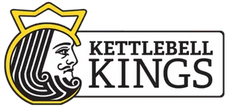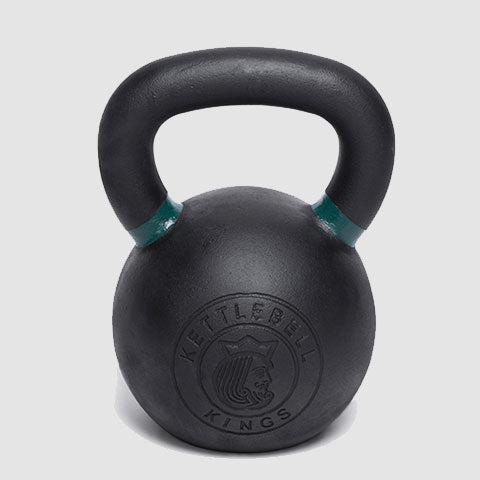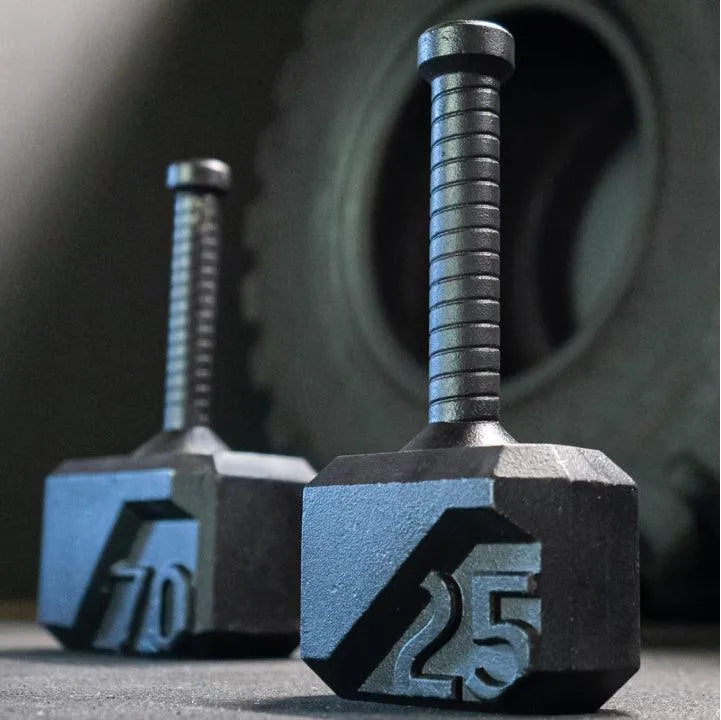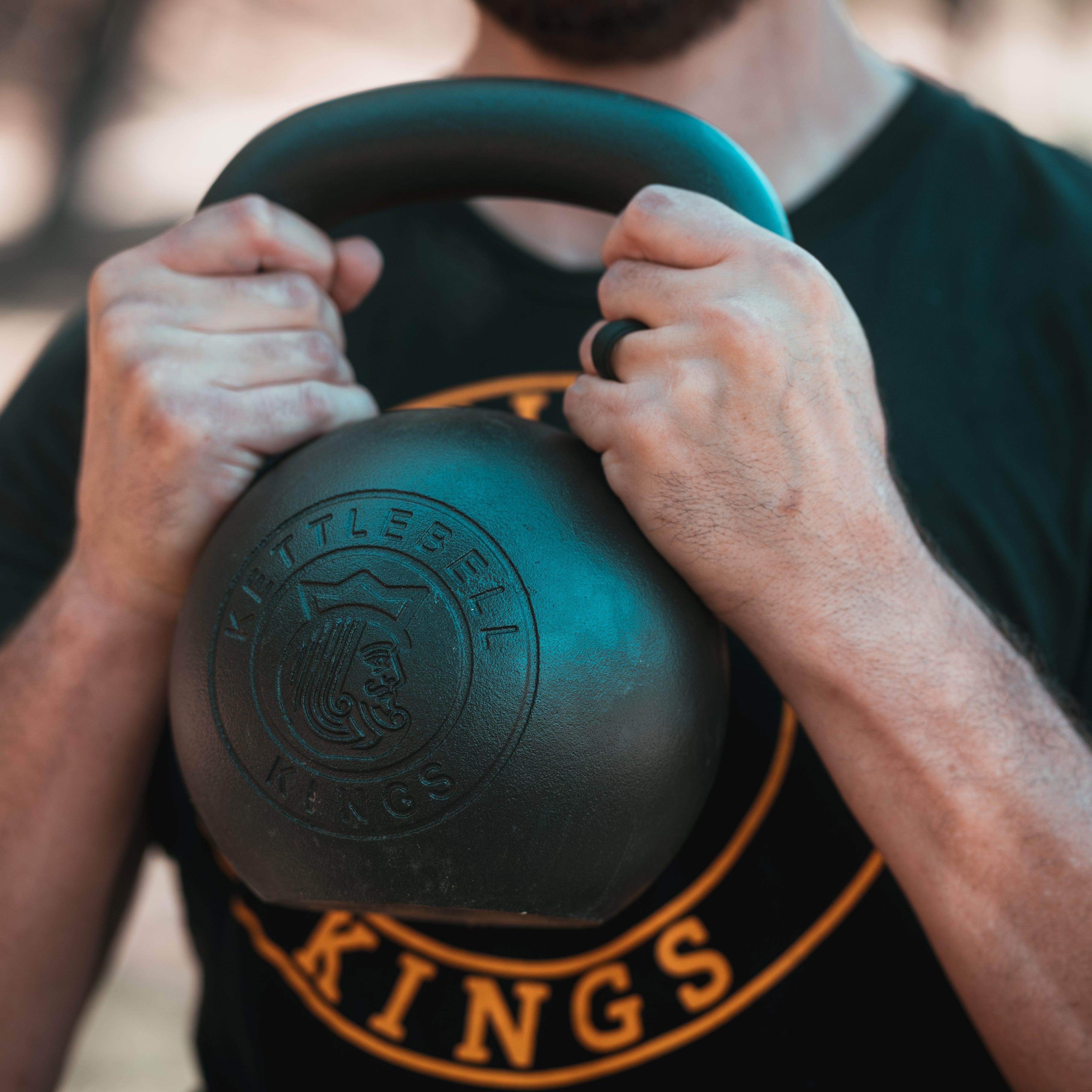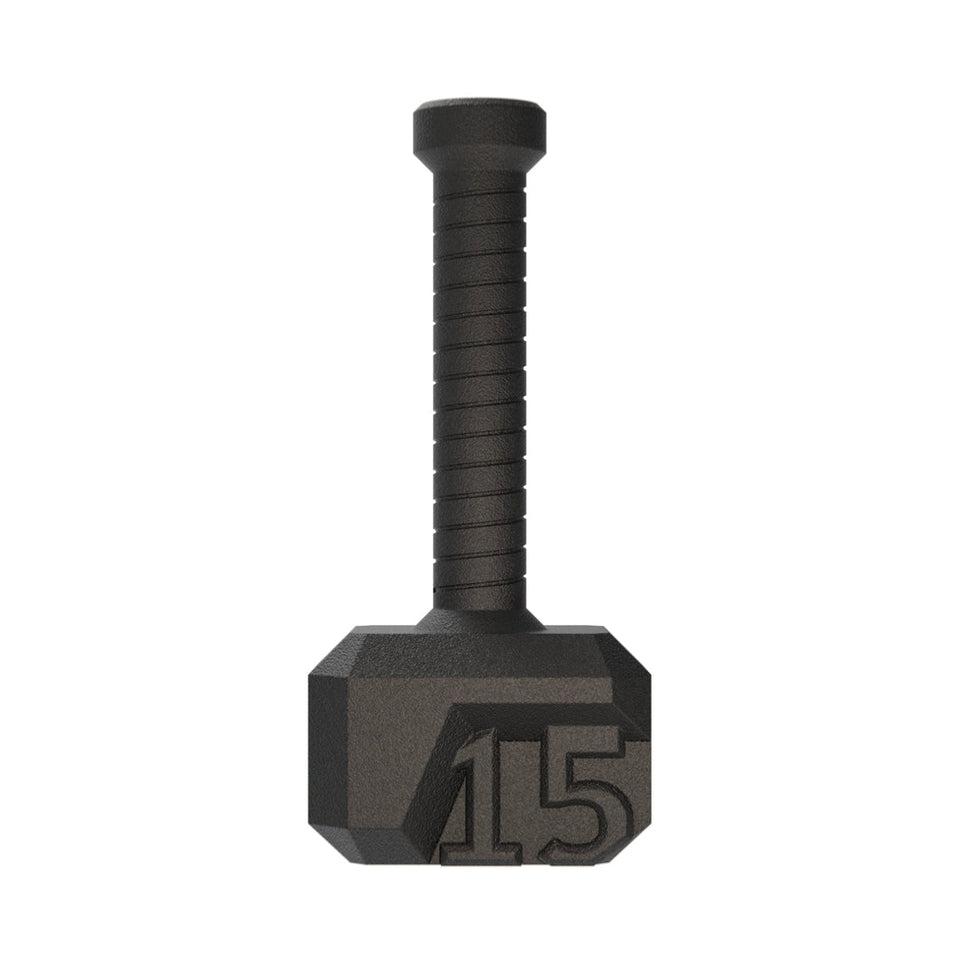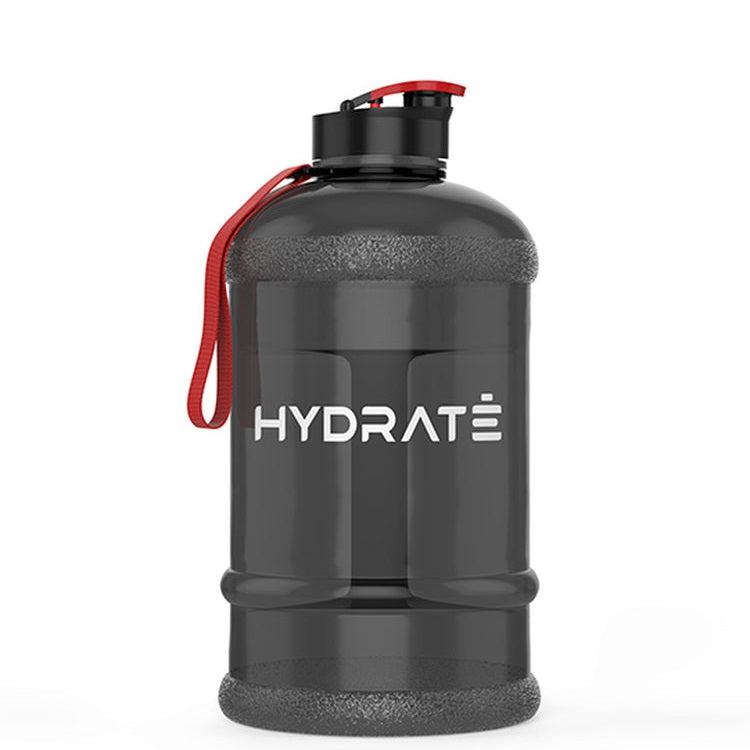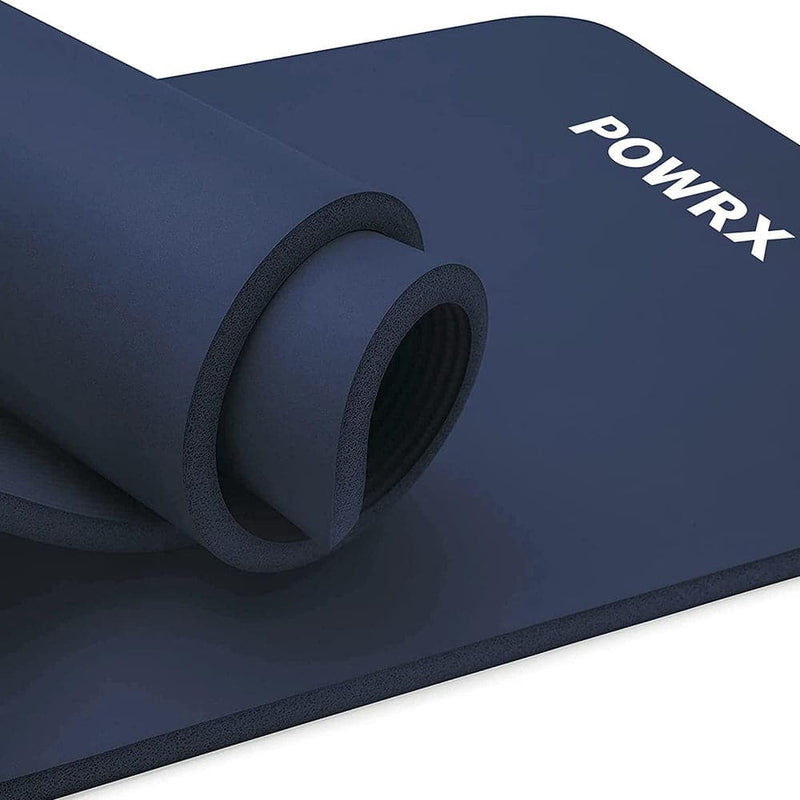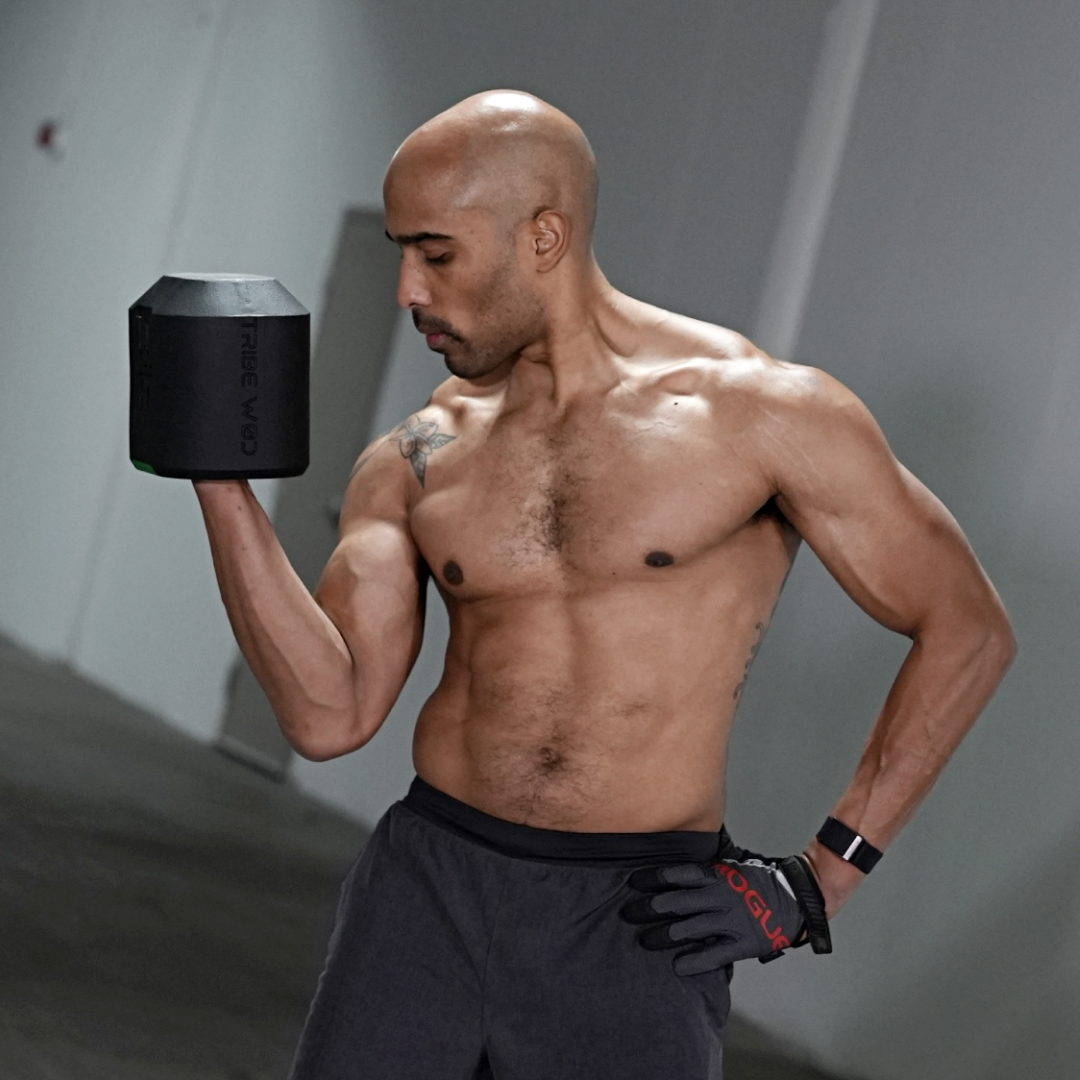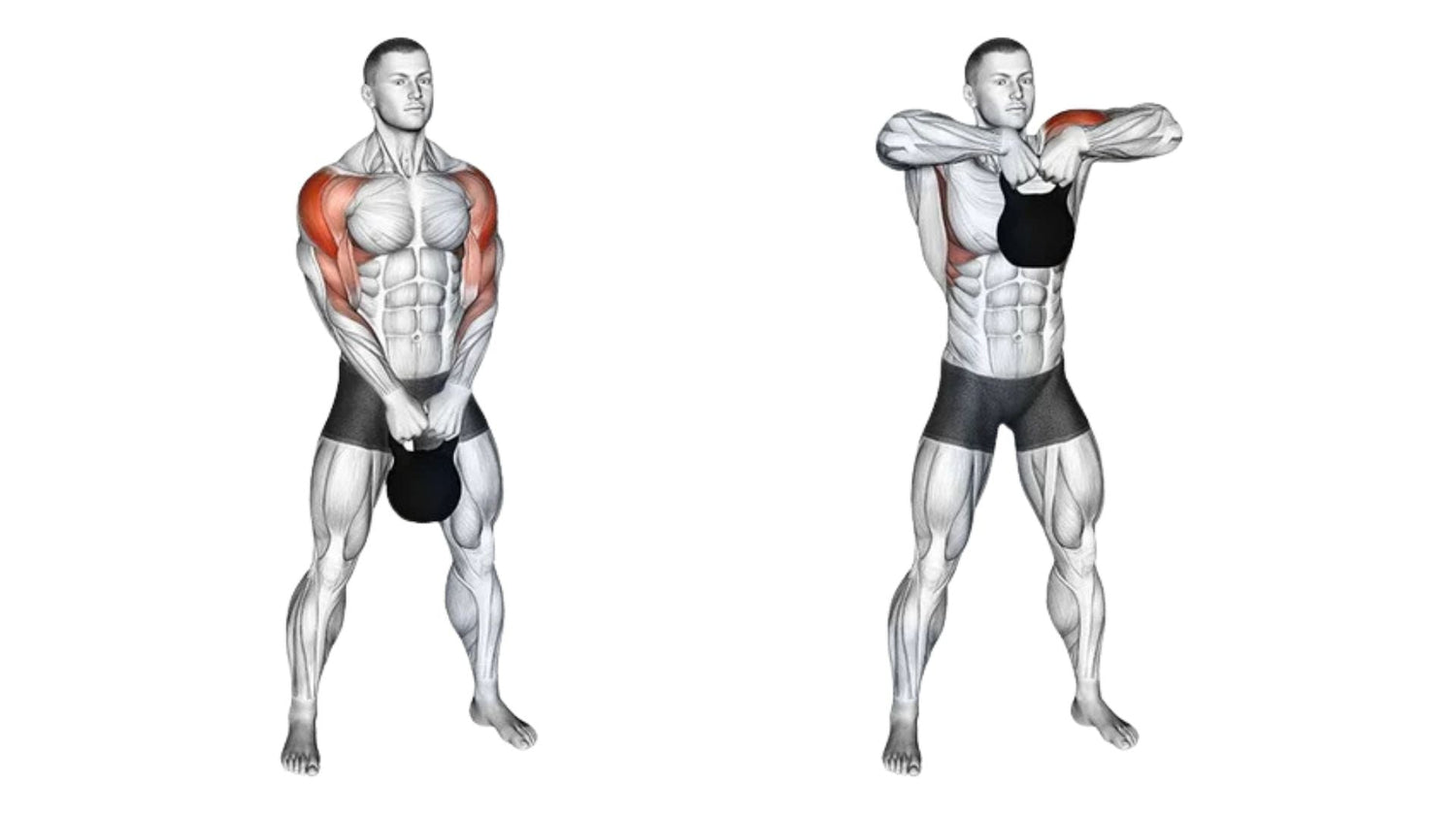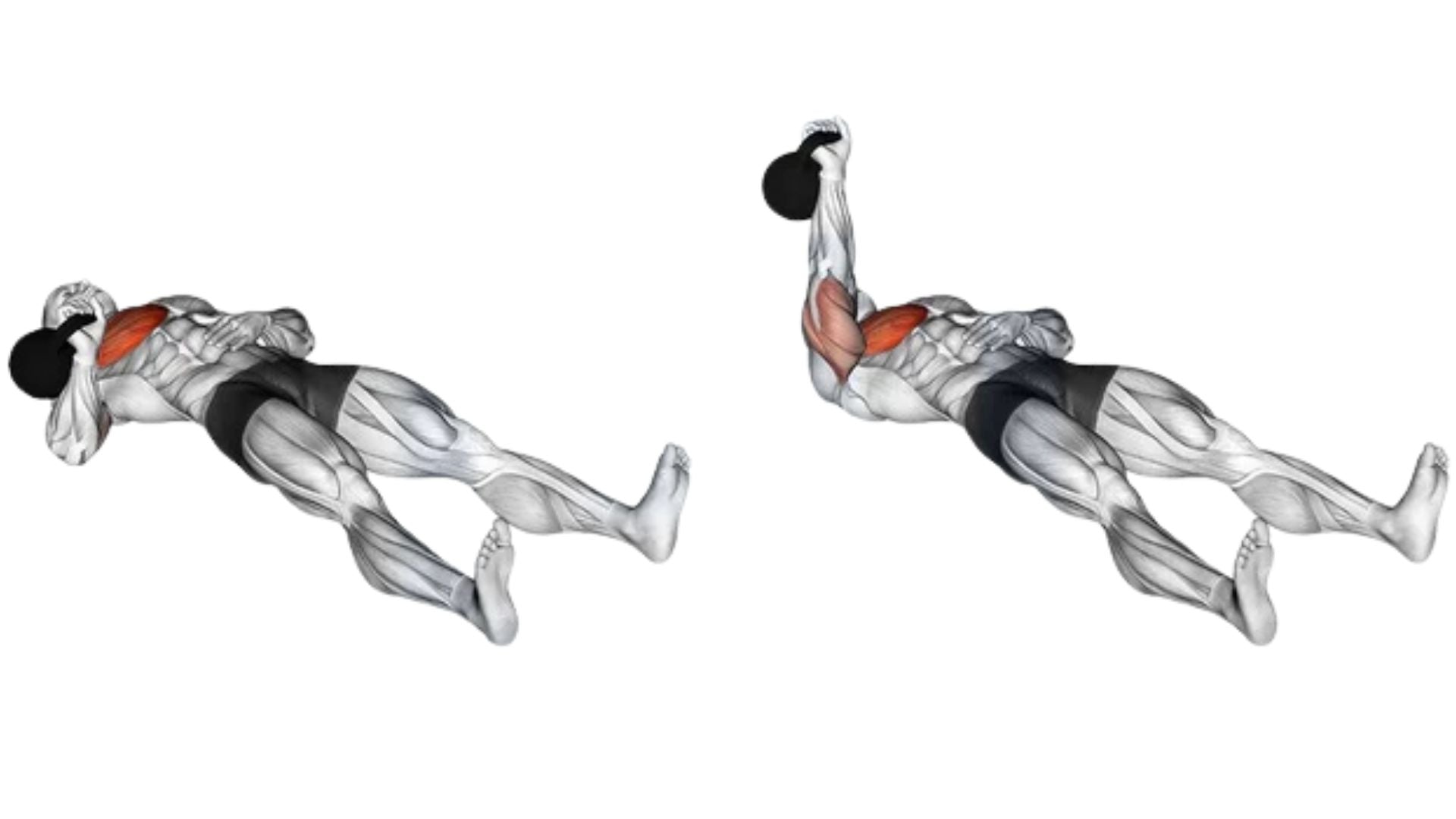The kettlebell upright row is an effective yet controversial exercise that targets the shoulders and upper back. While it can help develop strength and muscular definition, its potential to cause shoulder impingement makes it a risky choice for some individuals.
This article explores the intricacies of the kettlebell upright row, its target muscle groups, risks, and safer alternatives, while also comparing it to other variations. Finally, we discuss how to incorporate it into a full upper-body workout effectively.
What Is a Kettlebell Upright Row and How to Perform It?
Understanding the Basics of the Kettlebell Upright Row
The kettlebell upright row is a compound exercise that involves pulling a kettlebell from your thighs to your chest while maintaining a controlled posture. It is commonly performed to build the upper trapezius, deltoids, and other upper-body muscles. The movement requires coordination and proper form to maximize benefits and minimize risks. Unlike barbell or dumbbell upright rows, using a kettlebell offers a more dynamic range of motion due to the unique shape and grip of the equipment.
Step-by-Step Guide to Proper Form and Technique
- Starting Position:
- Stand with feet shoulder-width apart.
- Hold the kettlebell with both hands in front of your thighs, palms facing your body.
- Keep your chest lifted, shoulders back, and core engaged.
- The Lift:
- Inhale as you begin pulling the kettlebell upward.
- Lead with your elbows, keeping them higher than your wrists throughout the movement.
- Stop when the kettlebell is at chest level, ensuring your elbows form a slight angle above the shoulders.
- The Descent:
- Exhale as you lower the kettlebell back to the starting position in a slow, controlled manner.
- Maintain tension in the muscles throughout the movement to avoid dropping the kettlebell too quickly.
- Form Tips:
- Keep your spine neutral and avoid rounding your shoulders.
- Avoid shrugging your shoulders towards your ears during the lift.
Common Mistakes to Avoid During the Kettlebell Upright Row
While the kettlebell upright row can be an effective exercise, improper technique increases the risk of injury and reduces its overall benefits. Here’s an in-depth look at common mistakes and how to correct them:
Excessive Elbow Height
One of the most common errors is pulling the elbows too high during the movement. While the goal is to raise the kettlebell to chest height, over-elevating the elbows places unnecessary stress on the shoulder joint. This excessive elevation reduces the subacromial space (the gap beneath the shoulder blade's acromion), increasing the likelihood of shoulder impingement. Over time, this can lead to inflammation, pain, and even long-term damage to the rotator cuff.
How to Avoid It
- Stop lifting the elbows once they are slightly above shoulder level.
- Focus on maintaining a smooth, controlled movement rather than trying to overextend.
- Use a mirror or workout partner to monitor your form.
Using Momentum
Another frequent mistake is relying on momentum to lift the kettlebell, especially as fatigue sets in or when attempting to lift heavier weights. Swinging the kettlebell reduces muscle engagement, particularly in the deltoids and trapezius, and shifts the workload to other areas like the lower back or arms. This not only diminishes the effectiveness of the exercise but also increases the risk of injury, particularly to the spine and shoulders.
How to Avoid It
- Choose a weight that allows you to perform the movement with full control.
- Slow down the tempo of the exercise, focusing on engaging the target muscles during both the upward and downward phases.
- If fatigue compromises your form, take a short break or reduce the weight instead of continuing with poor mechanics.
Incorrect Grip
The positioning of your hands on the kettlebell plays a critical role in maintaining proper form. A grip that is too wide forces an unnatural range of motion, increasing strain on the wrists and shoulders. Conversely, a grip that is too narrow can limit your ability to lift the kettlebell effectively and may lead to awkward elbow positioning.
How to Avoid It
- Ensure your hands are placed evenly on the kettlebell handle, with a shoulder-width distance between them.
- Keep your wrists neutral, avoiding excessive bending or twisting throughout the movement.
- Regularly check your grip alignment during the exercise to ensure consistency.
Neglecting Core Engagement
Core stability is essential for maintaining proper posture and avoiding undue strain on the lower back. Allowing your lower back to arch or your hips to sway during the kettlebell upright row shifts the emphasis away from the upper body and onto your spine. This not only reduces the effectiveness of the exercise but also increases the risk of lower back pain or injury.
How to Avoid It
- Engage your core muscles by pulling your belly button towards your spine before beginning the movement.
- Keep your hips stable and avoid leaning backward or forward during the lift.
- If you find it challenging to maintain core engagement, incorporate supplementary core exercises like planks or bird dogs into your routine to strengthen this area.
Which Muscle Groups Does the Kettlebell Upright Row Target?
Primary Muscles Worked: Deltoids, Trapezius, and Rhomboids
The kettlebell upright row primarily targets three major muscle groups:
- Deltoids: The lateral deltoids are the main muscles engaged, providing width and definition to the shoulders.
- Trapezius: The upper traps play a significant role in elevating the shoulders and stabilizing the movement.
- Rhomboids: These muscles assist in scapular retraction, improving posture and upper-back strength.
Secondary Muscles Engaged: Biceps and Upper Back
While not the primary focus, secondary muscles are activated to stabilize the movement:
- Biceps: They assist in the pulling motion, particularly during the upward phase.
- Upper Back: Supporting muscles, including the levator scapulae and infraspinatus, contribute to the exercise’s effectiveness.
Is the Kettlebell Upright Row Safe for Your Shoulders?
Potential Risks of Shoulder Impingement
Shoulder impingement occurs when the tendons or bursa within the shoulder joint are compressed, often due to repetitive overhead movements or improper mechanics. The kettlebell upright row can exacerbate this condition because:
- The upward motion narrows the subacromial space.
- Lifting the elbows above shoulder height increases stress on the shoulder joint.
- Poor mobility or preexisting shoulder issues can worsen the impact.
Factors That Contribute to Injury During the Exercise
Several factors elevate the risk of injury:
- Overloading: Using a kettlebell that’s too heavy compromises form and places undue stress on the shoulders.
- Limited Flexibility: Tightness in the chest, shoulders, or upper back restricts the natural range of motion, increasing the risk of impingement.
- Repetitive Strain: Performing the exercise too frequently without adequate recovery can lead to overuse injuries.
What Are Safer Alternatives to the Kettlebell Upright Row?
The kettlebell upright row is an effective exercise for targeting the shoulders and upper back, but its reputation for potentially causing shoulder impingement and other joint issues has led many fitness enthusiasts to seek safer alternatives. Fortunately, there are a variety of exercises that target similar muscle groups while minimizing the risk to your shoulders. Here’s a detailed look at some safer options:
1. Kettlebell High Pull (Modified Version)
The kettlebell high pull is a great alternative that offers similar muscle engagement without the excessive upward motion of the elbows, which is a primary risk factor for shoulder impingement in the upright row. This dynamic exercise incorporates a pulling motion with a focus on power and control.
How to Perform
- Begin in a standing position with the kettlebell on the floor between your feet.
- Use a hip hinge to lower your body and grab the kettlebell handle with one or both hands.
- Explosively extend your hips while pulling the kettlebell upwards toward your chest, keeping your elbows just below shoulder height.
- Lower the kettlebell back to the starting position with control.
Benefits
- Reduces strain on the shoulder joint by limiting extreme elbow elevation.
- Engages the posterior chain (glutes and hamstrings) along with the upper body.
- Improves power and coordination.
2. Dumbbell Lateral Raise
The dumbbell lateral raise isolates the deltoids, particularly the medial (side) deltoids, making it an excellent alternative for developing shoulder strength and stability without overloading the joints.
How to Perform
- Stand upright with a dumbbell in each hand, palms facing inward.
- With a slight bend in your elbows, lift the dumbbells outward to shoulder height.
- Pause briefly at the top before lowering the dumbbells back to the starting position.
Benefits
- Focuses directly on the shoulders with minimal risk of impingement.
- Allows for a controlled range of motion.
- Can be performed with light weights for beginners or heavier weights for advanced lifters.
3. Face Pulls (Cable or Resistance Band)
Face pulls are highly effective for targeting the rear deltoids, trapezius, and rhomboids. This exercise promotes scapular retraction and strengthens the stabilizing muscles of the shoulders.
How to Perform
- Attach a rope handle to a cable machine or use a resistance band anchored at chest height.
- Grab the handles with both hands and step back to create tension.
- Pull the handles toward your face, keeping your elbows high and squeezing your shoulder blades together.
- Slowly return to the starting position.
Benefits
- Improves posture by strengthening the upper back and rear deltoids.
- Encourages healthy shoulder joint mechanics.
- Easily adjustable for different fitness levels.
4. Arnold Press
The Arnold press, named after Arnold Schwarzenegger, is a shoulder exercise that combines elements of a traditional overhead press with added rotation, promoting balanced shoulder development.
How to Perform
- Hold a dumbbell in each hand at shoulder height with palms facing your body.
- Press the dumbbells overhead while rotating your wrists so that your palms face outward at the top.
- Reverse the motion to return to the starting position.
Benefits
- Targets all three heads of the deltoid (anterior, medial, and posterior).
- Enhances shoulder mobility through the rotational component.
- Less stressful on the shoulder joints compared to upright rows.
5. Shoulder Shrugs
Shoulder shrugs target the trapezius muscles without involving complex shoulder movements, making them an excellent addition to an upper-body routine.
How to Perform
- Hold a dumbbell or kettlebell in each hand with your arms at your sides.
- Shrug your shoulders upward as high as possible.
- Hold for a second at the top, then lower back down.
Benefits
- Directly targets the trapezius without involving the rotator cuff.
- Simple and easy to perform with minimal risk.
- Can be loaded heavily to build strength.
6. Single-Arm Dumbbell Row
This exercise focuses on the upper back, rhomboids, and trapezius while providing unilateral strength benefits and reducing shoulder strain.
How to Perform
- Place one knee and hand on a bench for support, holding a dumbbell in the opposite hand.
- Pull the dumbbell toward your torso, squeezing your shoulder blade at the top.
- Lower the dumbbell with control and repeat.
Benefits
- Strengthens the upper back and lats.
- Encourages symmetrical muscle development.
- Reduces strain on the shoulder compared to upright rows.
How Does the Kettlebell Upright Row Compare to Barbell and Dumbbell Variations?
Pros and Cons of Using Kettlebells vs. Other Equipment
- Kettlebells:
- Pros: Provide a freer range of motion and dynamic grip that adapts to natural movement patterns.
- Cons: Requires more stability, which can be challenging for beginners.
- Barbells:
- Pros: Enable heavier loads for strength training.
- Cons: The rigid grip restricts natural shoulder movement, increasing impingement risk.
- Dumbbells:
- Pros: Allow independent arm movement, reducing stress on the joints.
- Cons: May limit the total load compared to kettlebells or barbells.
Differences in Muscle Activation and Range of Motion
The kettlebell upright row offers a unique range of motion due to the kettlebell’s design, allowing for a more natural pull. Dumbbells provide similar freedom but lack the kettlebell’s dynamic pull effect. Barbells, while effective for building strength, restrict individual arm movement, potentially increasing injury risk.
Can Kettlebell Upright Rows Be Incorporated Into a Full Upper Body Workout?
Designing an Effective Upper Body Routine with Kettlebells
To incorporate kettlebell upright rows safely, consider balancing them with exercises that strengthen complementary muscle groups.
Sample Routine
- Warm-Up: Dynamic stretches and shoulder mobility drills.
- Primary Movement: Kettlebell upright rows (3 sets of 8–12 reps).
- Supplementary Exercises:
- Kettlebell high pull (3 sets of 10 reps).
- Overhead press (3 sets of 8–10 reps).
- Accessory Movements:
- Face pulls (3 sets of 12–15 reps).
- Lateral raises (3 sets of 10–12 reps).
- Cool Down: Static stretches focusing on the shoulders and traps.
Complementary Exercises for a Balanced Workout
- Push-Ups or Bench Press: To balance chest and shoulder development.
- Pull-Ups or Rows: To strengthen the lats and rhomboids.
- Core Work: Planks or Russian twists to enhance stability during upper-body movements.
Conclusion
The kettlebell upright row is a valuable exercise for targeting the shoulders and upper back, but it carries potential risks, particularly for the shoulders. Understanding proper form, avoiding common mistakes, and considering safer alternatives can help you achieve your fitness goals without compromising joint health. Whether you use kettlebells, dumbbells, or other equipment, ensure your workout routine promotes balanced development and prioritizes safety. By tailoring your approach, you can build strength, improve posture, and stay injury-free.
